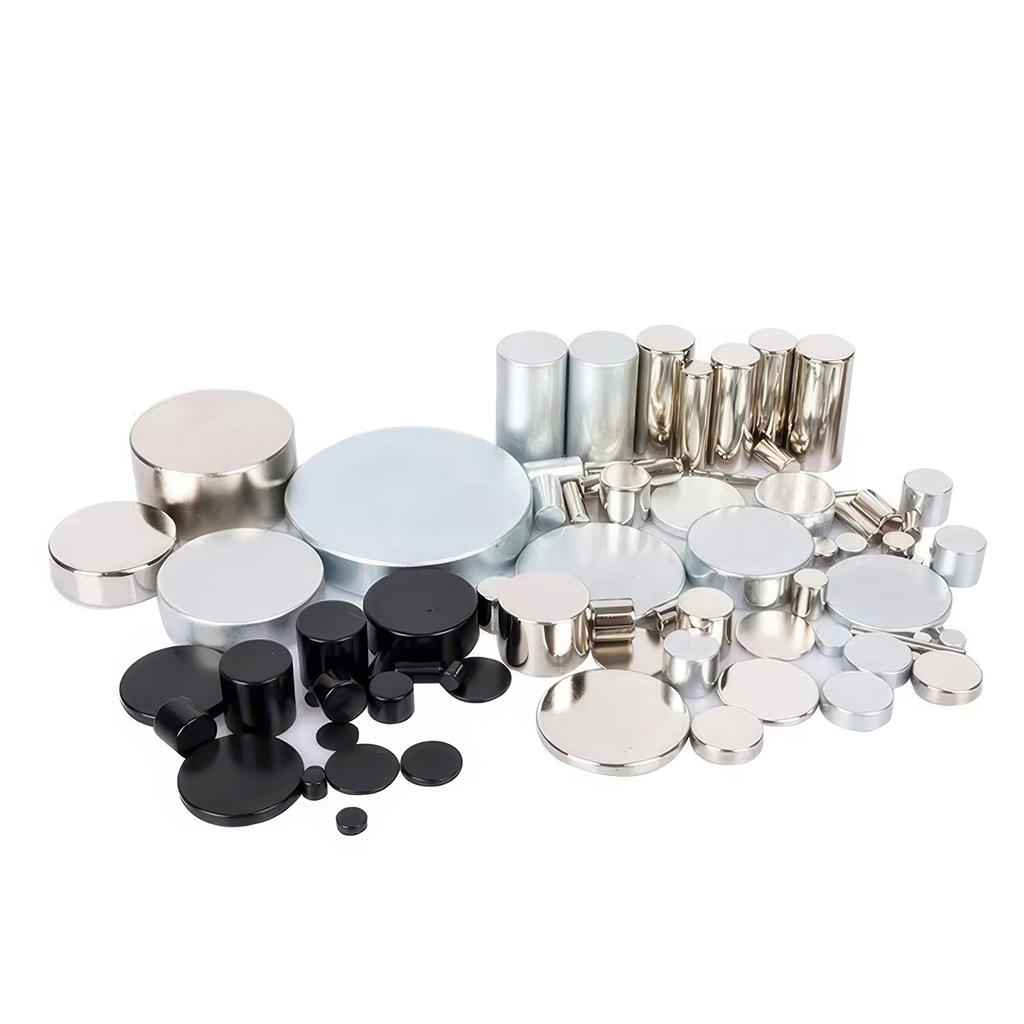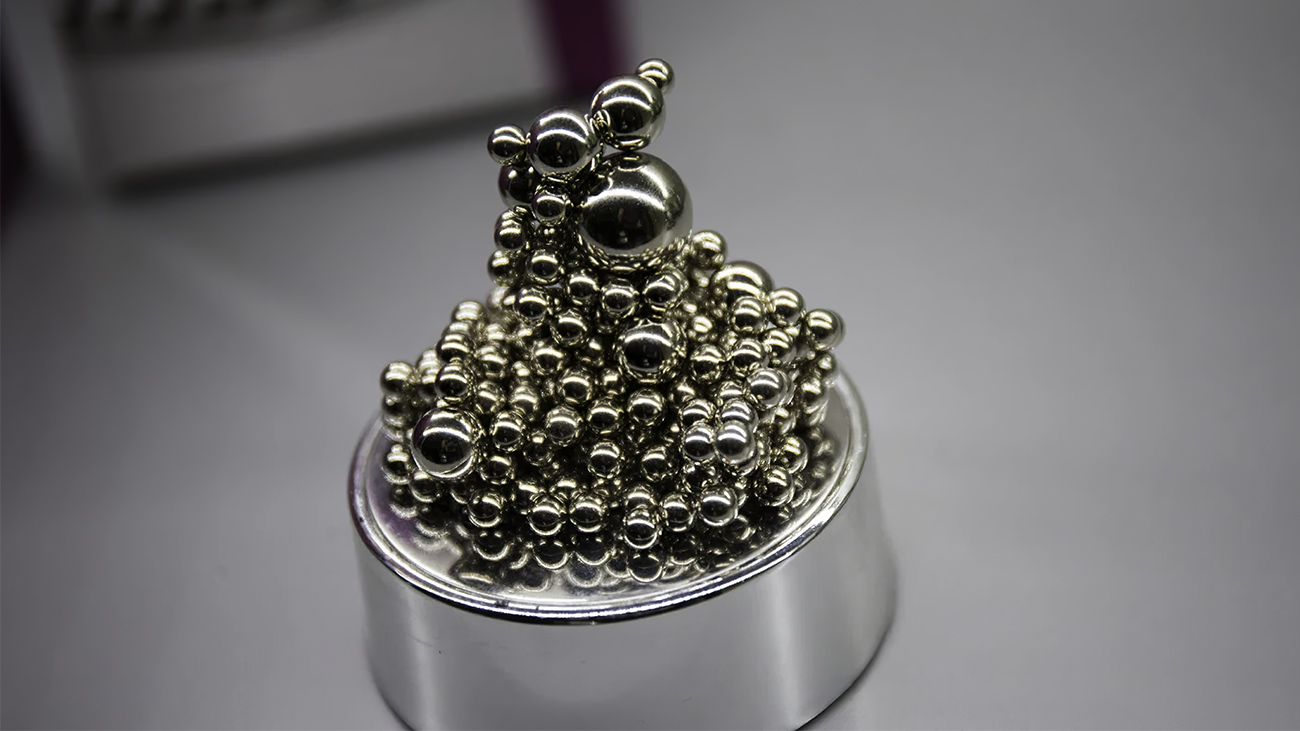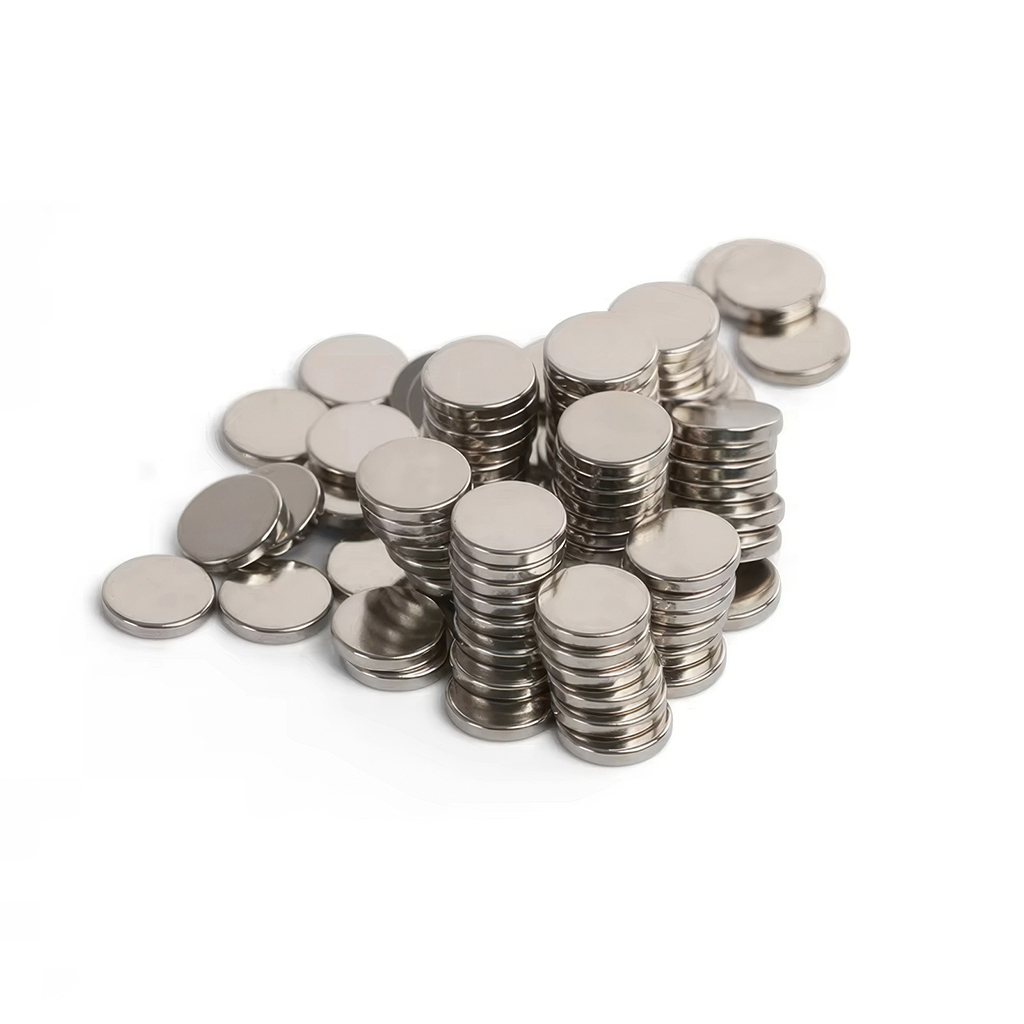Everything You Need to Know About Rare Earth Magnets
From electronics and medical devices to renewable energy and industrial equipment, rare earth magnets are indispensable.In this article, we’ll explore what earth magnets are, the science behind their incredible strength, and how they differ from other types of magnets.
Whether you’re an engineer, a student, or just curious about magnetics, this article will provide a detailed yet easy-to-understand explanation of rare earth magnets and their significance.
Table of Contents

What is a Rare Earth Magnet?
A rare earth magnet is a type of permanent magnet made from rare earth elements, which are a group of 17 elements found in the periodic table. Despite their name, these elements are relatively abundant in the Earth’s crust but are challenging to mine and refine.
Key Features of Rare Earth Magnets:
- High Magnetic Strength: Rare earth magnets are some of the strongest magnets available, providing superior magnetic properties compared to other magnet types.
- Compact and Lightweight: Their strength allows them to be used in smaller sizes, making them ideal for modern applications like smartphones and electric motors.
- Applications Across Industries: Rare earth magnets are used in renewable energy, medical devices, aerospace, and more.
The two most common types of rare earth magnets are neodymium magnets and samarium cobalt magnets (often abbreviated as SmCo magnets). These magnets are renowned for their magnetic stability, resistance to oxidation, and ability to generate powerful magnetic fields.
Why Are Rare Earth Magnets So Strong?
The incredible strength of rare earth magnets comes from their unique atomic structure. Rare earth elements have unpaired electrons in their outer shells, which create a strong and stable magnetic field.
Comparison to Other Magnets:
| Magnet Type | Magnetic Strength | Durability | Cost |
| Rare Earth Magnets | Extremely High | High | Higher |
| Ferrite Magnets | Moderate | Very High | Low |
| Alnico Magnets | Low to Moderate | High | Moderate |
Unlike ferrite magnets or ceramic magnets, which are weaker, rare earth magnets deliver high magnetic strength even in small sizes. This makes them indispensable in industries where space and weight are critical factors.
Types of Rare Earth Magnets
There are two main types of rare earth magnets: neodymium magnets and samarium cobalt magnets. Let’s take a closer look at what makes each type unique.
1. Neodymium Magnets
Neodymium magnets (also known as NdFeB magnets) are the most common and strongest type of rare earth magnet. They are made from an alloy of neodymium, iron, and boron.
- Advantages:
- Extremely powerful magnetic field strength.
- Widely used in industries like electronics, wind power, and automotive.
- Cost-effective compared to other rare earth magnets.
- Disadvantages:
- Susceptible to corrosion, although this can be mitigated with protective coatings like nickel.
- Less resistant to high temperatures compared to samarium cobalt magnets.
For more on custom neodymium magnets, visit Customized NdFeB Magnets.
2. Samarium Cobalt Magnets
Samarium cobalt magnets are made from a combination of samarium, cobalt, and other elements. While not as strong as neodymium magnets, they excel in high-temperature environments.
- Advantages:
- Excellent resistance to high temperatures and oxidation.
- Suitable for aerospace and industrial applications where heat stability is critical.
- Disadvantages:
- Higher cost due to the use of rare-earth metals like samarium and cobalt.
- Brittle nature, making them more prone to breaking under stress.
SmCo magnets are often used in applications requiring both magnetic stability and resistance to extreme conditions.
How Are Rare Earth Magnets Made?
The manufacturing process of rare earth magnets involves several steps, including mining, refining, and processing rare earth elements into magnetic materials. Here’s a simplified version of the process:
1. Raw Material Extraction
The process begins with the extraction of rare earth elements from ores. These elements are then refined into pure forms.
2. Alloy Preparation
The raw materials are combined to form an alloy, such as neodymium, iron, and boron for neo magnets or samarium and cobalt for SmCo magnets.
3. Magnet Formation
- The alloy is melted and rapidly cooled to form small particles.
- The particles are compressed into shapes using a magnetic field, ensuring the alignment of the magnetic domains.
4. Sintering and Coating
The magnets are heated and bonded in a process called sintering. Protective coatings, like nickel or PTFE, are applied to prevent corrosion.For a deeper dive, check out Magnet Manufacturing Process.
What Are Rare Earth Magnets Used For?
1. Electronics
Rare earth magnets are essential in the production of smartphones, speakers, and hard drives. In fact, the compact size and strength of neodymium magnets make them ideal for consumer electronics.
- Example: Speaker magnets in audio equipment deliver clear and powerful sound.
2. Renewable Energy
Wind turbines rely on permanent magnet generators made with rare earth magnets, which help convert wind energy into electricity efficiently.Learn more about Magnets for Wind Power.
3. Automotive Industry
Electric vehicles (EVs) and hybrid vehicles use neodymium magnets in their motors, reducing weight while maintaining efficiency.For custom magnets in automotive applications, visit Automotive NdFeB Magnets.
4. Medical Devices
Rare earth magnets are vital in medical equipment like Magnetic Resonance Imaging (MRI) machines, which rely on high magnetic fields to create detailed images of the human body.
Difference Between Rare Earth Magnets and Regular Magnets
The difference between rare earth magnets and regular magnets, such as ferrite magnets, lies in their strength, size, and application.
| Feature | Rare Earth Magnets | Regular Magnets |
| Strength | Extremely High | Moderate |
| Size | Compact | Larger |
| Applications | High-tech industries | General uses |
| Cost | Higher | Lower |
While regular magnets are sufficient for everyday tasks, rare earth magnets are indispensable in industries requiring high magnetic strength.
How to Choose the Right Magnet for Your Application
When selecting a magnet, consider the following factors:
- Magnetic Strength: How much force do you need?
- Temperature Resistance: Will the magnet be exposed to high heat?
- Corrosion Resistance: Will the magnet be used in a humid or corrosive environment?
- Size and Shape: Does the application require a compact magnet?
If you’re unsure, consult a magnet supplier for guidance. For custom solutions, check out Customized NdFeB Magnets.
Are Earth Magnets Safe?
While earth magnets are safe to use, their strong magnetic fields can pose risks if mishandled. Here are some precautions:
- Keep Away from Electronics: Strong magnets can damage sensitive devices like credit cards and pacemakers.
- Handle with Care: The brittle nature of some magnets, like samarium cobalt magnets, means they can break or chip if dropped.
Summary of Key Points
- Rare earth magnets are the strongest permanent magnets available today.
- The two main types are neodymium magnets and samarium cobalt magnets.
- They are used in electronics, renewable energy, automotive, and medical applications.
- The manufacturing process involves mining, alloying, and sintering.
- Always choose the right magnet based on your specific needs.
For more information on custom magnets for your application, explore Neodymium Magnets Factory.
Welcome to our factory’s custom NdFeB magnet services, where your ideas and needs become reality.
Simply share your concepts, requirements, or design drawings, and we’ll work closely with you to produce high-quality NdFeB magnets tailored to your exact specifications and performance standards.
You’ll benefit from competitive pricing, complimentary samples, and professional technical support from our dedicated team, making the customization process worry-free, safe, and cost-effective.
Our goal is to ensure that your products achieve outstanding performance with the highest level of quality and precision.
Economic Development Zone, Industrial Park, Shehong City, Sichuan Province, China.
Contact
News
US Department of Defense Allocates $5.1 Million to Recover Rare Earths from E-Waste
On January 17, 2025, the US Department of Defense announced a $5.1 million allocation to Rare Resource Recycling Inc. under the Defense Production Act.
China Revises and Implements the “Regulations for Outward Direct Investment Statistics,” Including Rare Earth Oxides
It is reported that on January 1, 2025, the Ministry of Commerce, the National Bureau of Statistics, and the State Administration of Foreign Exchange officially implemented the revised “Regulations for Outward Direct Investment Statistics.”
Canada Rare Earth Acquires Majority Stake in Laos Rare Earth Refinery
According to Magnet Materials News, on January 9, 2025, Canada Rare Earth Corp. announced plans to acquire a 70% stake in a rare earth refinery in Laos. This acquisition aims to enhance supply security and economic benefits.



